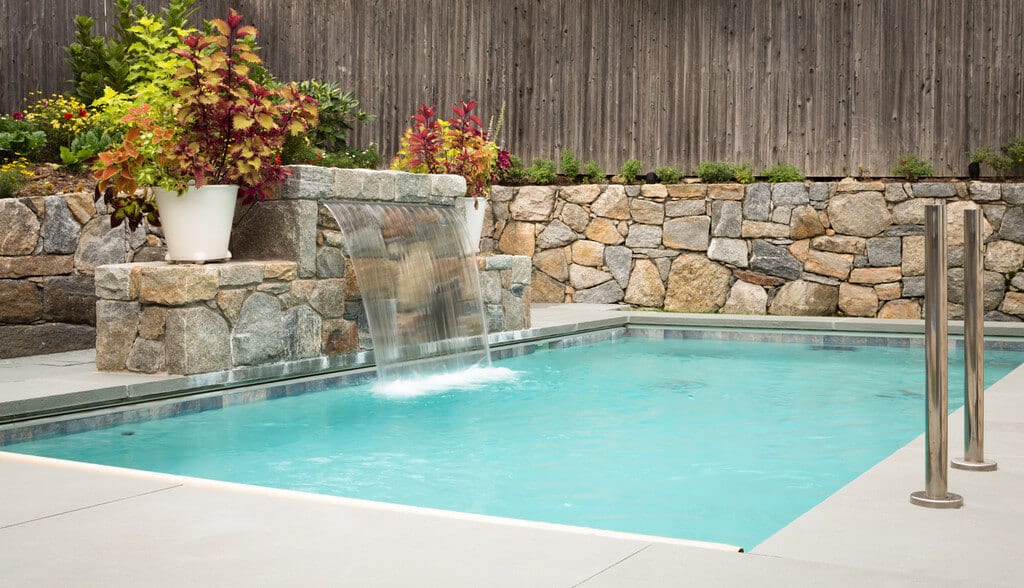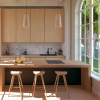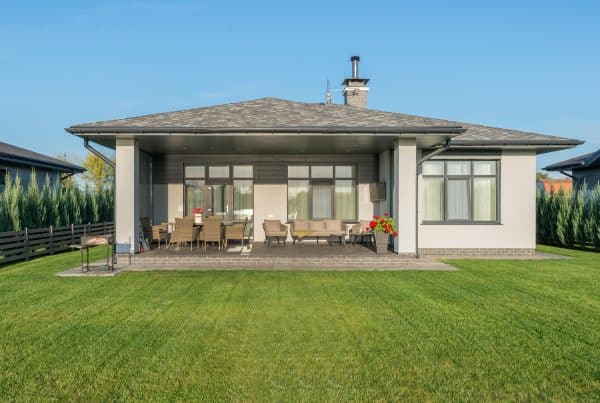Imagine transforming your backyard into a serene oasis without needing acres of space or a massive budget. Plunge pools are making waves in residential spaces, offering homeowners a compact yet luxurious way to unwind.
Whether you want to cool off during a hot summer day or add a touch of elegance to your outdoor area, a plunge pool could be the perfect solution. Let’s explore everything you need to know to make a big impact with a small space.
What is a Plunge Pool?
Plunge pools gold coast are small, yet highly functional pools specifically designed for dipping, cooling off, and relaxation rather than traditional swimming. Typically smaller than conventional swimming pools, they are designed to fit comfortably into limited spaces, making them ideal for urban homes, compact backyards, and even smaller outdoor areas like patios or terraces. Despite their modest size, plunge pools offer a plethora of benefits that can enhance your outdoor living experience:
- Versatility: These pools are perfect for a variety of activities, from unwinding after a long day to enjoying hydrotherapy. They can be used for a quick dip to refresh yourself on a hot day or as a tranquil space for meditation and relaxation, making them a great addition for those seeking both leisure and health benefits.
- Aesthetic Appeal: A plunge pool can serve as a stunning focal point in your backyard, elevating the overall aesthetics of your outdoor space. With various shapes, sizes, and designs available, you can customise your plunge pool to complement your landscaping and style, creating an inviting atmosphere for both yourself and your guests.
- Energy Efficiency: With a smaller water volume compared to traditional pools, plunge pools require significantly less energy to heat and maintain. This not only translates into lower utility bills but also makes them a more environmentally friendly choice for homeowners, as they can help reduce water and energy consumption.
In summary, plunge pools are a fantastic option for those looking to maximise their outdoor space while enjoying the benefits of a swimming pool, all without the maintenance and energy costs typically associated with larger swimming options.
Designing for Small Spaces
Fitting a plunge pool into a small space can be a design challenge, but with the right approach and creative thinking, you can make it work beautifully and transform your outdoor area into a relaxing oasis. Here are some detailed tips to help you design your plunge pool effectively:
- Maximise Available Space: When working with limited space, opting for a rectangular or square shape can make the most of your available area. These shapes not only fit neatly into corners or narrow yards but also provide a more efficient swimming experience. Additionally, consider incorporating a shallow ledge around the perimeter for lounging and sunbathing.
- Integrate Landscaping: To enhance the aesthetics of your plunge pool, blend it with surrounding greenery, hardscaping, or decking. Use native plants that require less maintenance and create a cohesive look by using similar materials for both your pool and patio. This integration can create a seamless outdoor space that feels inviting and connected to nature.
- Custom Features: For added luxury and functionality, consider incorporating custom features such as built-in seating, water features like fountains or waterfalls, or a spa function with jets for relaxation. These elements not only enhance the usability of your plunge pool but also elevate its overall design, making it a focal point of your outdoor area.
By thoughtfully considering these aspects, you can create a stunning plunge pool that maximises your space while providing a serene retreat for relaxation and enjoyment.
The Installation Process
Installing a plunge pool involves several steps, and knowing what to expect can significantly help you prepare for the project. Here’s a detailed guide on the process:
- Planning and Permits: Begin by consulting with professionals who can offer expert advice on the best location and design for your plunge pool. Consider factors such as sunlight exposure, privacy, and accessibility. Additionally, make sure to research and obtain all necessary permits and adhere to local regulations to ensure a smooth installation process. This stage is crucial for avoiding potential legal issues later on.
- Excavation and Groundwork: Once your plans are finalised, the site will be excavated to create the necessary space for the pool. The ground will then be prepared with a solid base layer made from compacted gravel or sand to provide proper support for the pool structure. This groundwork is essential as it helps prevent settling and shifting of the pool over time, ensuring its durability and longevity.
- Pool Installation: With the groundwork complete, the actual pool installation begins. The pool shell is carefully placed into the prepared area, and various plumbing and electrical work is completed to ensure that everything functions properly. This includes installing filtration systems, lighting, and any additional features you may want, such as jets or heating. It’s important to work with qualified professionals during this stage to guarantee safety and efficiency.
- Finishing Touches: After the pool is installed, it is filled with water and thoroughly tested to check for any leaks or issues. This is also the time to ensure that all plumbing and electrical systems are functioning correctly. Once everything is in order, the surrounding area will be landscaped according to your desired finish, which may include decks, plants, or fencing to create a beautiful outdoor space that complements your new plunge pool. This final touch not only enhances aesthetics but also contributes to privacy and safety for you and your guests.
Maintenance and Care
Maintaining a plunge pool is essential to ensure it remains a beautiful and functional addition to your home. Here are some best practices for keeping your pool in top condition:
- Regular Cleaning: Skim the surface, clean the filter, and vacuum the pool to remove debris and prevent algae growth.
- Water Quality: Test and balance the water regularly to maintain appropriate pH levels and sanitizer levels.
- Seasonal Maintenance: Prepare your pool for the changing seasons by winterising it or preparing it for summer use.
In conclusion, plunge pools offer a stylish, compact, and functional solution for homeowners looking to maximise their outdoor space. From the initial design phase to the ongoing maintenance, these small pools provide a big impact in terms of relaxation, beauty, and even property value. If you’ve been considering a plunge pool, now is the perfect time to explore this trendy addition to your home.








